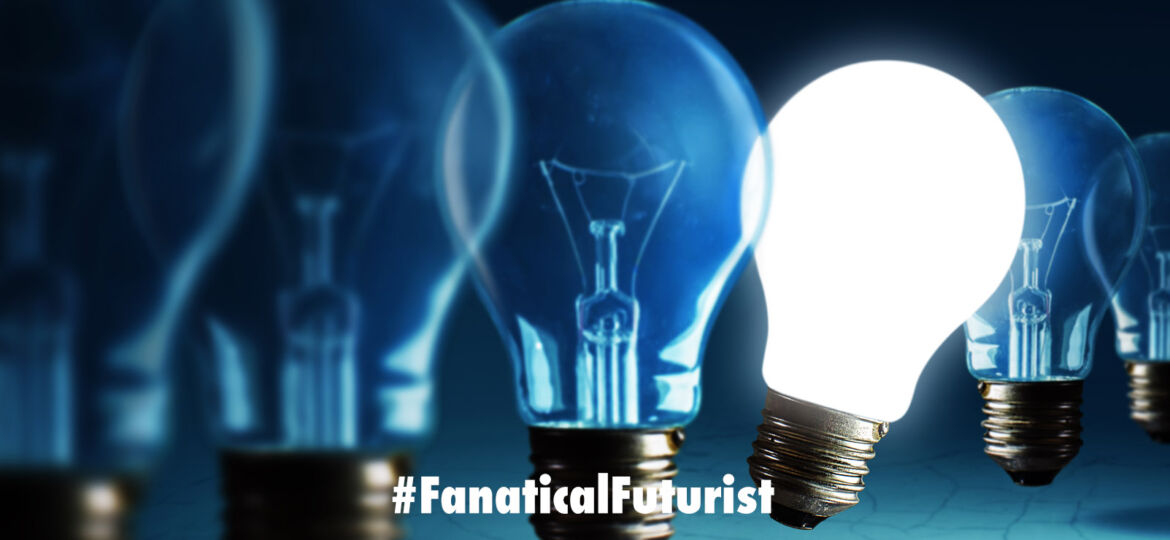
WHY THIS MATTERS IN BRIEF
Privacy is a myth for most of us, and in the world of espionage and hacker collectives there are a myriad of new tools coming through to spy on people in new ways.
 Interested in the Exponential Future? Join our XPotential Community, connect, watch a keynote, or browse my blog.
Interested in the Exponential Future? Join our XPotential Community, connect, watch a keynote, or browse my blog.
Over the years I’ve reported on a wide array of different hacks, from how to hack a quantum computer – even before they go mainstream – all the way through to how to hack Tesla’s and top secret installations using nothing more than electricity, light, magnetism, sound, and other tricks. And now, courtesy of the researchers at the Ben Gurion University in Israel I’m bringing you news of another innovative hack.
The Internet of Things (IoT) has come a long way since the early 2000’s and the usual way of eavesdropping on people’s privacy, using anything from bugs in the wall through to using wiretaps and hacking their online activities, has evolved.
Now, as if there weren’t already enough ways to spy on people’s conversations, it’s the innocent light bulbs turn after the team at Ben Gurion unveiled they can turn any light bulb that’s visible through a window into an audio spying device after they found that the vibration patterns in a light bulb let them snoop on full conversations from hundreds of feet away.
But how can that be possible you might ask… well, the thing about the hanging bulb is that it acts both as a diaphragm and transducer. Apparently, these two, sound waves cascading on its surface and it converting air pressure from sound to small changes in light, means it is a useful gadget for wannabe spies.
The teams paper states, “We show how fluctuations in the air pressure on the surface of the hanging bulb (in response to sound), which cause the bulb to vibrate very slightly (a millidegree vibration), can be exploited by eavesdroppers to recover speech and singing, passively, externally, and in real time.”
The so-called “Lamphone” technique can be pulled off by having a laptop, telescope, microphone, and remote electro-optical sensor for under $1,000 says the researchers.
The team tested the method by setting up shop on a pedestrian bridge about 80 feet (25 meters) away from a third-floor office inside a commercial building. By using a simple 12-Watt LED light bulb, they were able to accurately monitor both one sentence and two songs played via speakers in the office. They also added that the range could be amplified with the right gear which would let eavesdroppers spy on conversations from even further away.
Thankfully though there are some exceptions to this. The paper states that the hacker would need a clean line of sight between their electro-optical sensor-equipped telescope and the hanging light bulb. This means that the technique would be rendered useless if there were curtains or lampshades in the way. Also, the light bulb’s thickness of glass and output of light and how close the people are to it are determining factors too.
While there’ve been a number of examples of wannabe spies also eavesdropping on people via smart home assistants like Alexa, Google Home, and Siri by using laser pointers this latest research goes way beyond that because this particular exploit can be used almost anywhere and on almost everyone whether their homes are smart or dumb.
Source: Ben Gurion University
















